Colonial Photography at the Rijksmuseum: Talking to Hinde Haest
Colonial Photography at the Rijksmuseum: Talking to Hinde Haest
Colonial Photography at the Rijksmuseum: Talking to Hinde Haest
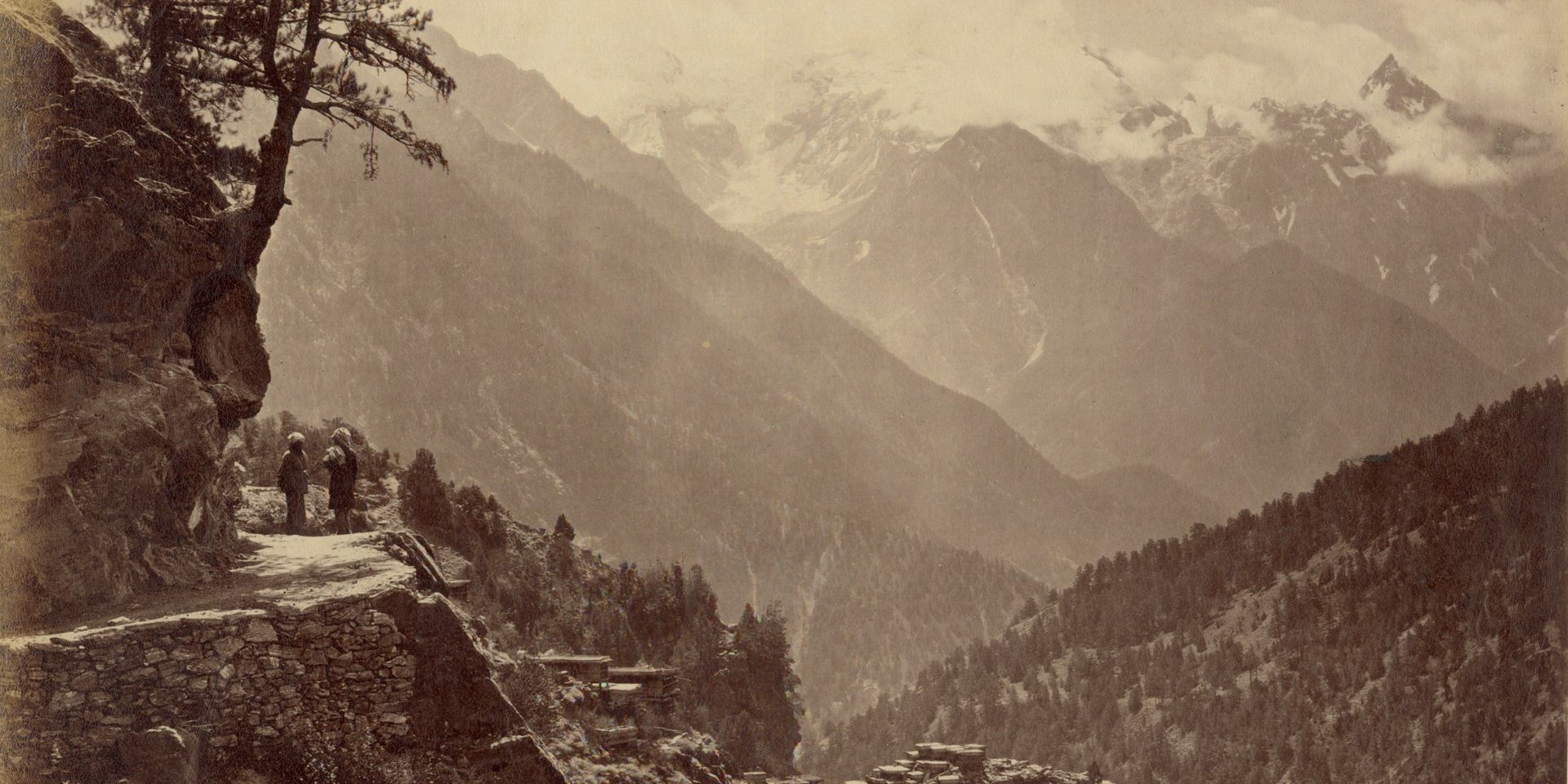
White blossoms delicately graze the dark, rounded fruits of the Liberian coffee bush, their stark contrast rendered in sharp monochrome on an albumen print by British photographer Charles T. Scowen. He captured the image during his two-decade stay in Sri Lanka between 1870 and 1890. Scowen was one among several amateur photographers from Britain, such as Samuel Bourne, who arrived in South Asia during the height of British imperialism. Their work paralleled that of architectural historians like James Fergusson, who were excavating and publishing studies on ancient Indian architecture. Together, these efforts contributed to shaping the perception of India as the quintessential ‘picturesque’ landscape—an aesthetic already popularised by earlier British artists in India, including William Hodges and Thomas Daniell.
In addition, there were the Company artists—employed by the East India Company—tasked with producing scientific illustrations of India’s flora, fauna, and peoples. Scowen’s photographic documentation of the coffee bush visually echoes this tradition, which unfolded in parallel to his work. His image now hangs in the Rijksmuseum as part of Crossings, an exhibition that places the museum’s colonial photography collection in conversation with contemporary lens-based practices. One such practitioner is French-Sri Lankan photographer Vasantha Yogananthan, who began a different yet thematically resonant journey through modern India. After his first visit in 2013, Yogananthan returned to explore and restage the enduring presence of the Ramayana—a story he first encountered in comic book form as a child—and how this ancient epic continues to shape everyday life across the country.
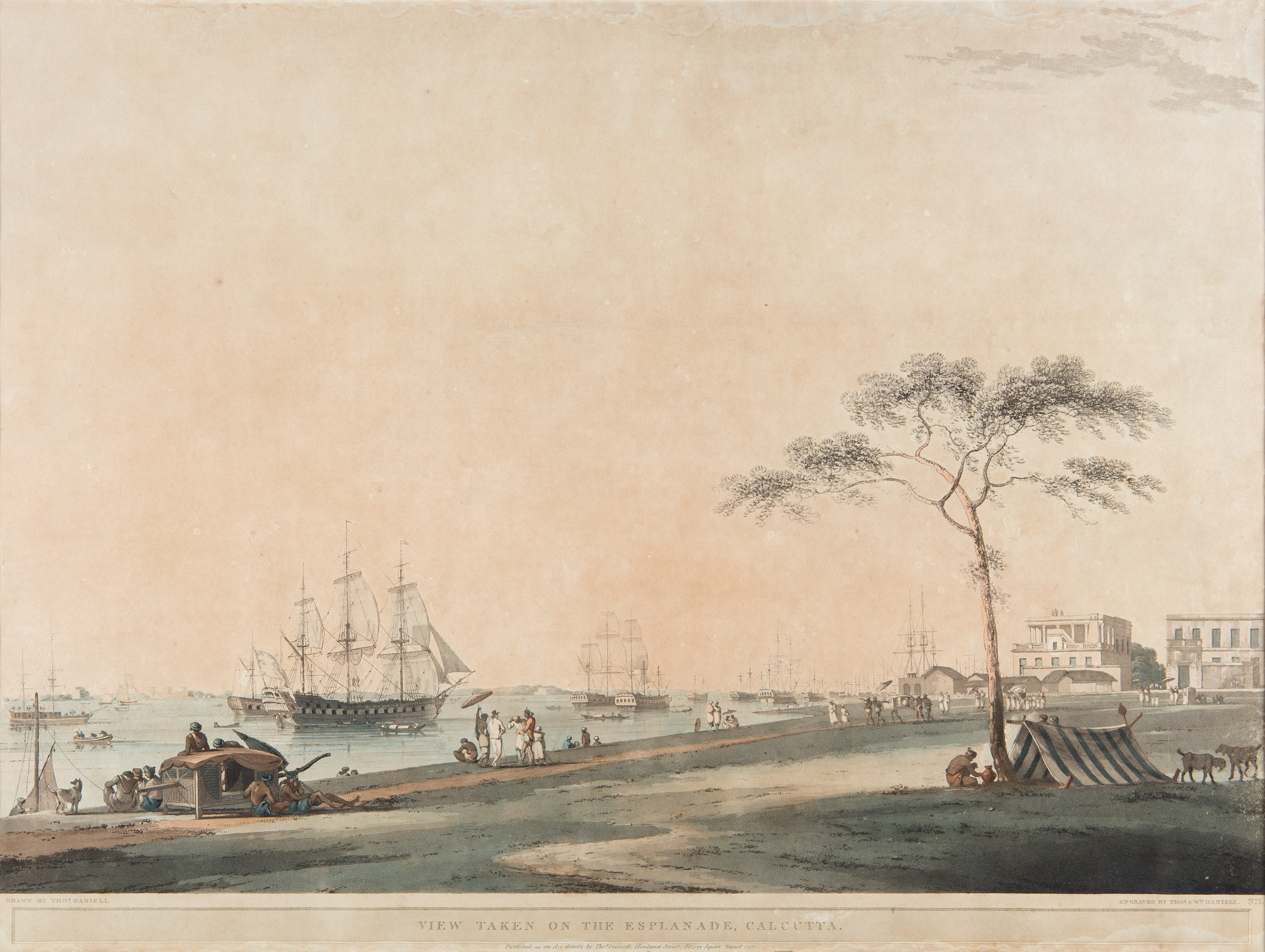
|
Thomas and William Daniell, View taken on the Esplanade, Calcutta, 1797, Handtinted engraving on paper, 17.7 x 23.5 in. Collection: DAG |
While Yogananthan does not directly address the politicised appropriation of the Ramayana by right-wing groups—particularly over the past decade—its charged presence lingers subtly, as in his image of a young boy in Ayodhya, combing his hair with a red tilak on his forehead. Drawing from across the seven volumes of his fictional photographic epic The Myth of Two Souls, Yogananthan blurs the line between myth and reality in evocative scenes—like a stray dog, hand-painted with spots, transformed into the shape-shifting demon Marich.
Adapting the staged sensibility of studio photography to outdoor settings—reminiscent of Bourne’s approach—Yogananthan places emphasis on the human figure. His work feels almost like a visual chronicle of street theatre, echoing the Ramayana’s ongoing performance tradition across various parts of India.
In a conversation with Hinde Haest, Curator of Photography at the Rijksmuseum and the curator of Crossings, she reflects on the museum’s colonial photography collection and the layered dialogue that emerges when they are juxtaposed with Yogananthan’s contemporary interpretations.
Q. When did Rijksmuseum start collecting photography from the Indian subcontinent and the wider region? Who were some of the earliest collectors and donors and what made you focus on this region?
Hinde Haest: The Rijksmuseum photography collection is relatively young as it only in the year 1994. There was a large transfer of the state collection to the Rijksmuseum and along with it came the founding of the photography department, which is also young, therefore. Subsequently, the Rijksmuseum really started collecting photography as art. There had been photography collected actively as part of the History department before ‘94, but with the transfer of the Rijksdienst Beeldende Kunst collection, our own photography collection was founded.
We've never really targeted the Indian subcontinent as an area of collecting—it more or less happened to us. Along with large sub-collections such as the L. Hartkamp collection—he was an Amsterdam lawyer whose entire photo collection entered the museum in the ‘90s as well—and the collection of Willem Diepraam, who was also a photographer and an art collector, came a large number of photos by Linnaeus Tripe and Samuel Bourne—who were well-known photographers operating in colonial times in the nineteenth century, usually from Britain. Recently a project was started to research those photographs. There are about 1200 of them from the nineteenth century and to recontextualise, describe and disclose them more properly—since we now look at them in a very different way than we used to—there was a need to review them and have a look at them. That project has now been rounded off. It took a few years. My colleague Nitish Soundalgekar described all the 1200 photographs from the period. We wanted to also show this large sub-collection that we had, but of course we couldn't really show them the way they were shown or viewed in the nineteenth century, because they offered a certain perspective of India, Nepal and even Tibet—which was very unusual for its time.

Samuel Bourne, View from the Manirang Pass, showing a succession of snowy summits, Himachal Pradesh, India, 1864-1866. Collection: Rijksmuseum.
So how can we show this collection and look at developments that went beyond the nineteenth century—because there is a vivid image tradition in India and its surrounding countries. I have been familiar with Vasantha Yogananthan’s work for a long time. I worked with him in 2017 when he was a Foam talent and was just starting his project ‘A Myth of Two Souls’. Over the years, he's developed his practice in a very consistent but also surprisingly diverse way. So we thought he would be a very good counter voice to our collection.
Q. What do these photographs by Bourne and Stripe tell us about narratives from the Indian subcontinent beyond paintings?
Haest: I wouldn't go as far as to compare the photos to the paintings, but the pictures of Tripe and Bourne have picturesque qualities, especially landscapes of the Himalayas, forests and Ceylon (now, Sri Lanka). It celebrates the beauty and the grandeur of the landscape and its inhabitants, the temples and the architecture. But it wasn't just about making beautiful photographs. These pictures were the first time British people (back in Britain) were seeing that world they would never lay eyes on or be able to travel to, in a realistic way, apart from paintings for example. And photography was considered a very realist medium and an objective way of recording reality—which of course, it wasn't.
These photographers travelled to the region with a range of motivations. Some were catering to the tourist market back home, selling picturesque images of exotic landscapes that could be placed in albums and admired. At the same time, their work often served a more complex purpose—documenting a territory under British colonial rule. Their photographs examined the caste system and military regiments, effectively surveying the people and systems the British were attempting to control. Photographers like Charles T. Scowen and his associates also captured the land’s wealth—its coffee and tea plantations—not just as visual subjects, but as sources of personal profit, given Scowen's own involvement in plantation ownership. What emerges, then, is not necessarily a hidden agenda, but a layered one—inviting a more critical reading of these images that moves beyond their aesthetic appeal to consider their political and economic implications.
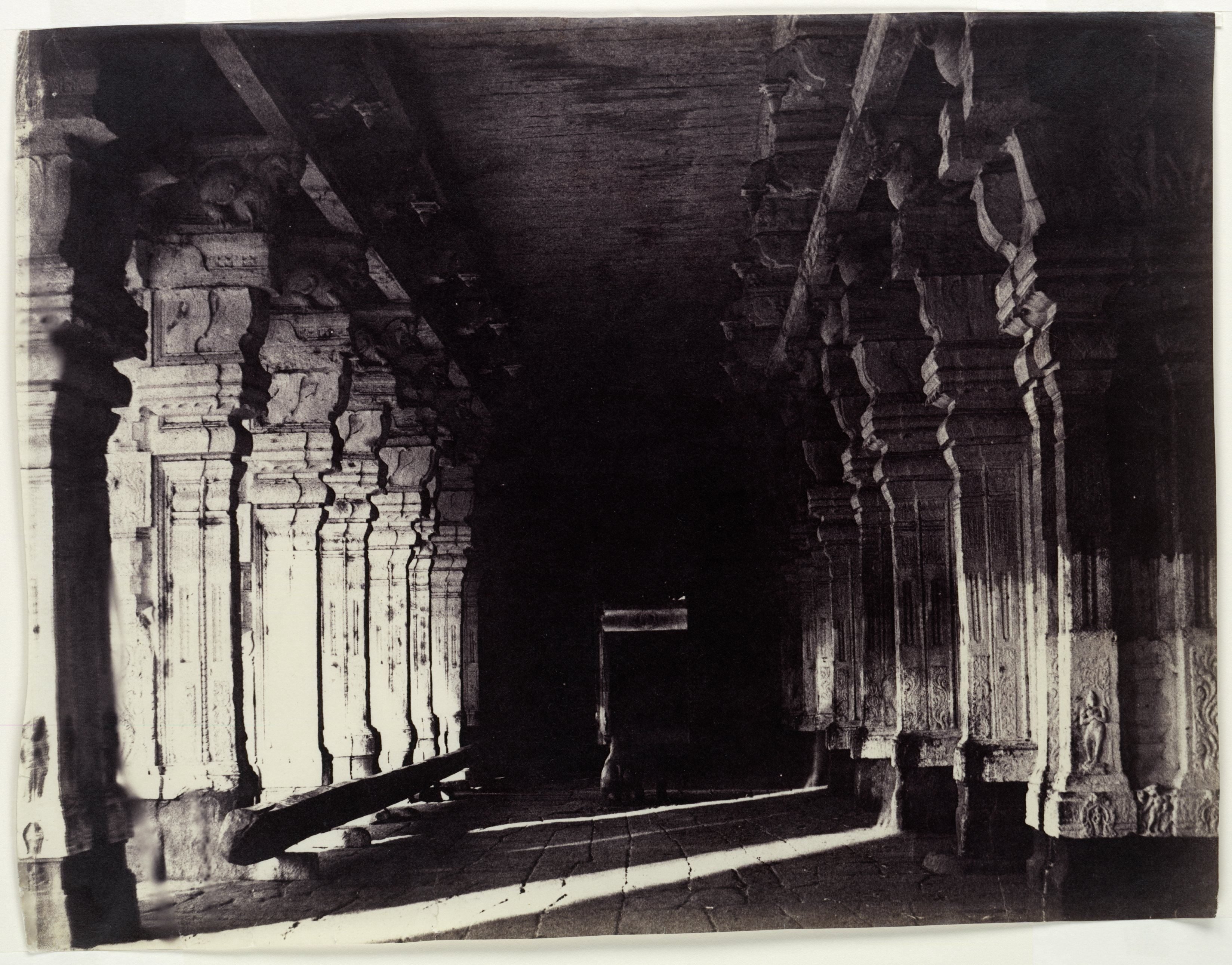
Attributed to Linnaeus Tripe, Arcade at the Meenakshi temple in Madurai, Tamil Nadu, India, 1858-1860. Collection: Rijksmuseum.
Q. Considering some of the colonial tools and methods that were employed by photographers like Tripe and Bourne, along with the frequent erasure of the aides who accompanied them on these photographic expeditions, how are you re-framing or positioning yourself anew when you decide to show these works in the museum? Why would you say museum goers would still need to see these works?
Haest: They are very, very beautiful photographs and were very difficult to make at the time. These are really the first photographers to venture out into the Himalayas and to show those mountains. They were lugging their heavy equipment up the mountains. They were bringing chemicals, large glass plates, huge wooden cameras—because enlargements weren't really possible back then. This was a mammoth effort and was very, very difficult to achieve. It was also the first time many people laid eyes on those regions that they weren't able to visit. So, it's significant in a sense that they are very early representations of those regions, and even though they were done by British photographers, I still think they are of an incredible rarity, beauty and technical mastery that is exquisite, and I think it still merits an exhibition keeping in mind the reason why they were taken.
Q. What was the process of working with a contemporary artist to respond to the collection like Vasantha Yogananthan – what did he bring to our understanding of these works and how does he position himself?
Haest: It was a real pleasure to work with Vasantha, whose father is Sri Lankan, and his mother is French. He's an incredible photographer who has travelled the Indian subcontinent over seven years and consistently photographed the region in the footsteps of Rama in The Ramayana whose chapters were anchor points for him to explore the region and get to know the people, the animals and the places that Rama was said to have visited. This was a very personal approach. I worked with him before in 2017 when he was a Foam talent when he was starting this project. This for me was the first time that I could really see his epic journey materialise, not completely, because it is a lot of work; but to round it off and see the entire project come to life was a really special experience, I think, for both of us.
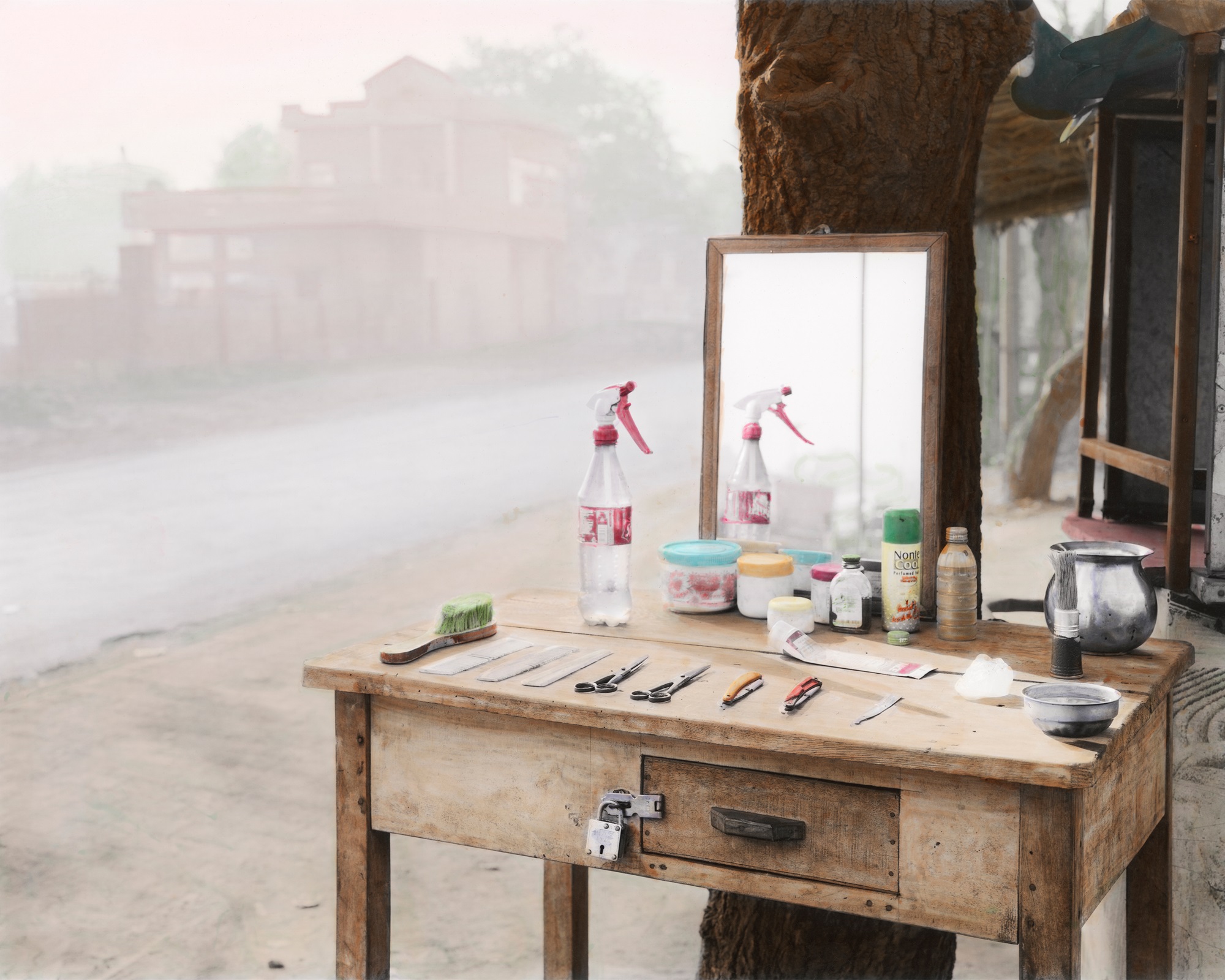
Vasantha Yogananthan, Barbershop, Ayodhya, India, 2015. Black and white C-print hand-painted by Jaykumar Shankar. From the series A Myth of Two Souls (2013-2021). On loan from the artist, courtesy: Rijksmuseum
Q. He's almost working in the footsteps of Bourne of journeying through the subcontinent but with a different perspective of focusing on the Hindu mythology of ‘The Ramayana’ in the region. Could you explain why he wanted to focus on a mythological template of stories to understand the region and how does the response deal with some of the erasures in Bourne and Tripe’s initial documentation?
Haest: To him, ‘The Ramayana’ wasn't so much a set-in-stone historic or mythical text. It was very much a story that's still alive in India and the surrounding region today. A continuous evaluation or evolution of the story and its reinterpretation is what fascinated him. It's very much ingrained into the daily life of the society that he was photographing. The places also provided a sort of itinerary for him to explore the region of his own heritage.

|
Vasantha Yogananthan, Demigod, Kulasekharapatnam, Tamil Nadu, India, 2019. Archival Inkjet print from the digitalisation of silver negatives. On loan from the artist, courtesy: Rijksmuseum |
Q. How do you think they add to the way we see Bourne and Tripe today?
Haest: Bourne and Tripe tried to capture contemporary Indian society as they saw it play out: also on the streets. We see images of bazaars, people selling their wares. I think this is what fascinated Vasantha as well, just looking at how traditions, customs, myths play out in daily life and form an almost kaleidoscopic view of contemporary society. And there was his personal search as well, which is where his approach differs from previous traveling photographers. It wasn't trying to capture his travels or represent a people, but look at his own heritage, interests and background, like explore colour for example. That is very important to his work. It was a much more personally driven journey rather than trying to be objective or representative.
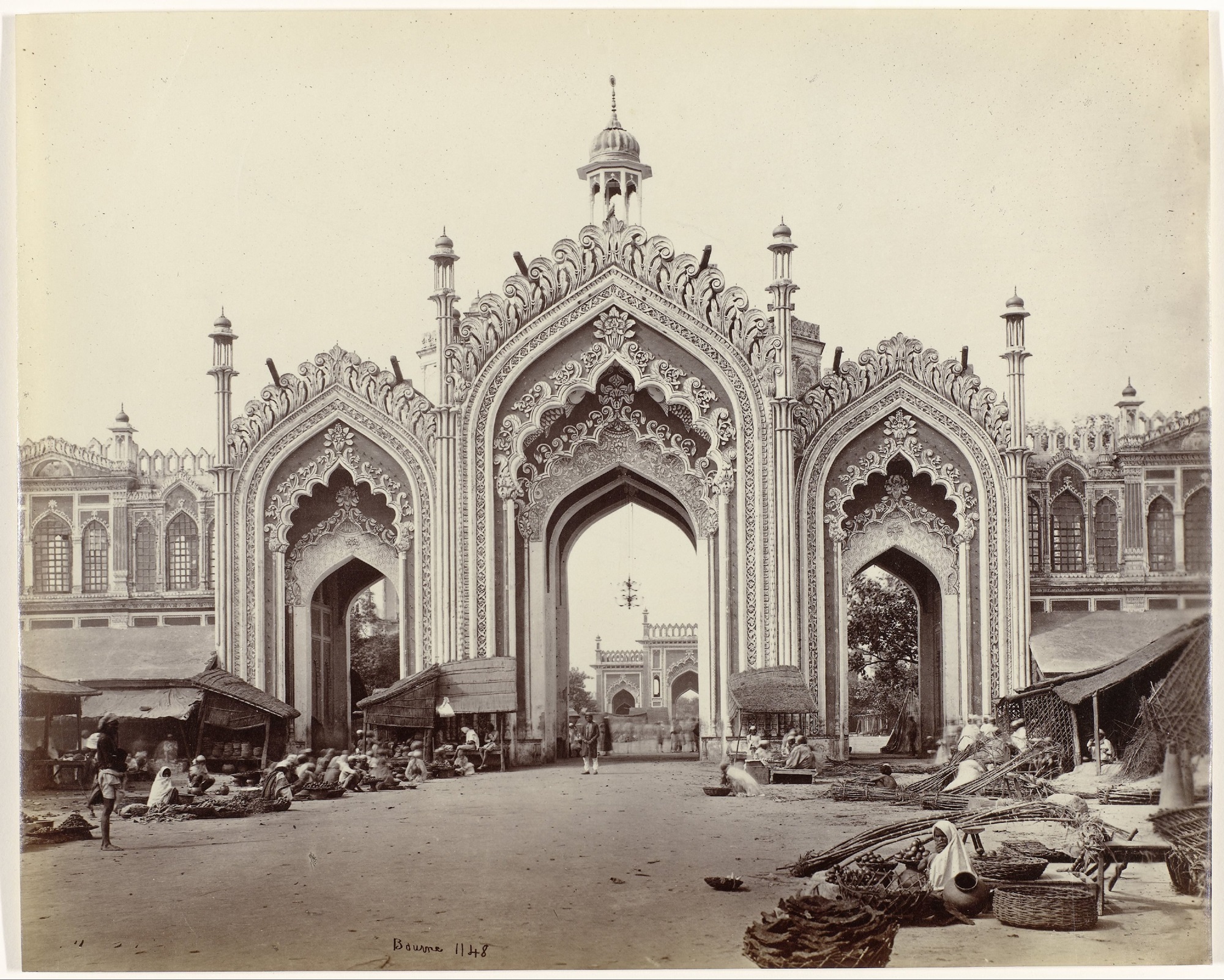
Samuel Bourne, Husainabad gate in Lucknow, Uttar Pradesh, India, 1864-1866. Collection: Rijksmuseum.
Q. Scholars have pointed out the lack of human subjects and figures in the photographs of Bourne – but the abundance of objects and heritage structures but without people. But for Vasantha, people form a very significant aspect of these photographs. Could you elaborate on this juxtaposition?
Haest: Bourne did photograph people—sometimes as a part of rituals or they were just placed next to a temple to show its scale. He photographed the royalty of Nepal, which are also a part of the exhibition. In the case of Vasanta, he just usually met people on the street and spoke to them, asking them sometimes to enact their version of a scene from the Ramayana, but sometimes there were also candid pictures of encountered situations. Invariably animals are on the same level as people in his work as they are very important characters in ‘The Ramayana’ and both represent scenes from that mythical epic. It's a very different approach to representation of people.
Q. Could you delve into this aspect of performance in Vasantha's work, since there is an amount of staging in Bourne and Tripe as well?
Haest: In terms of the performative aspect of Vasanta's work, beside mixing staged photography with candid scenes, he also had his photographs painted over and manipulated them in that sense. He painted himself but also worked together with a local painter from India, to whom he sent his black and white photos and then they came back hand-coloured. It is a long-standing tradition in India. He also plays around with manipulating and partly obscuring reality and framing a narrative around the images. That's a very interesting way of pushing the boundaries of photography and commenting on its objectivity and its narrative function.
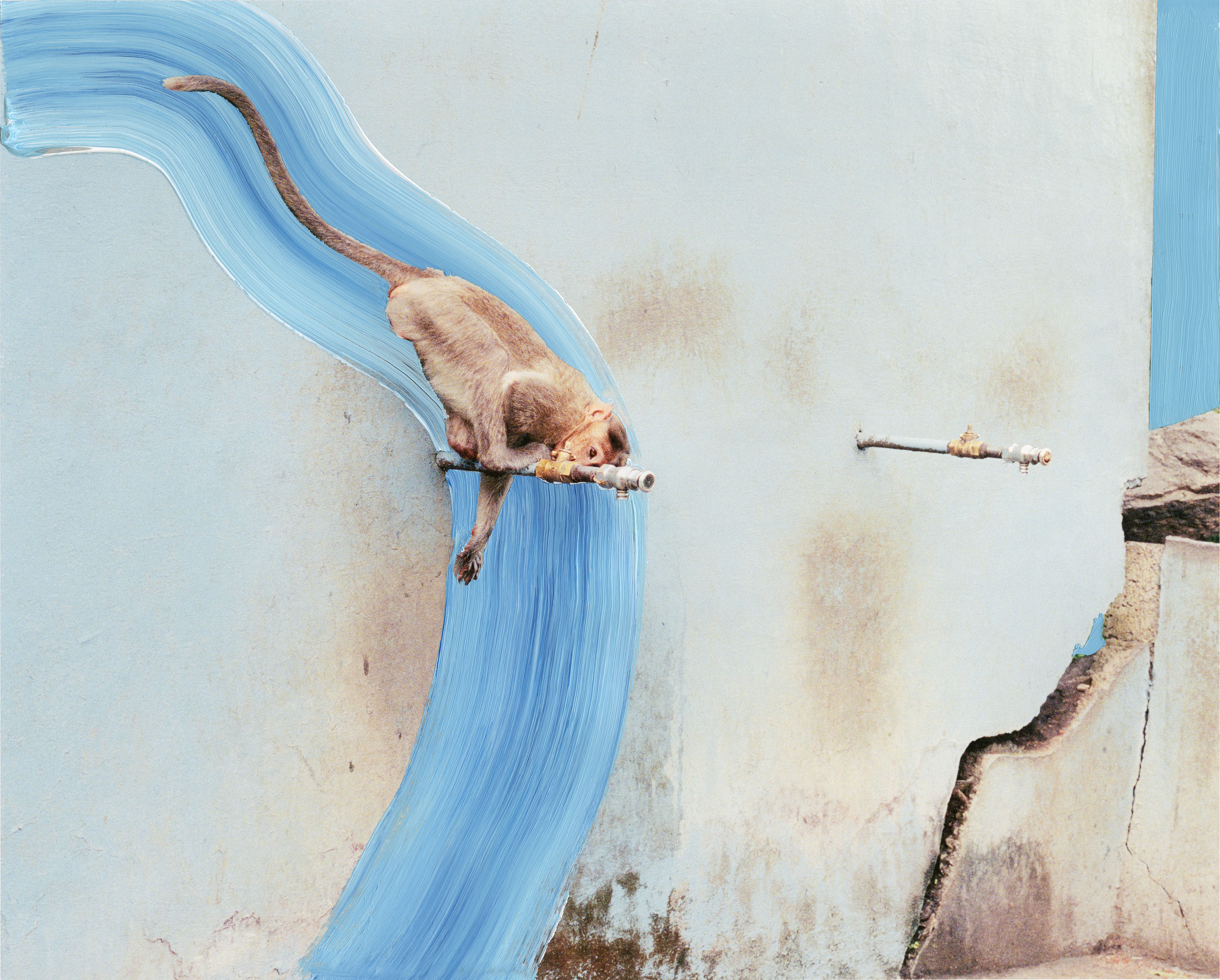
Vasantha Yogananthan, Drinking, Devaranyanadurga, India, 2016, Archival inkjet print hand-painted with acrylic. From the series A Myth of Two Souls (2013-2021). On loan from the artist, courtesy: Rijksmuseum
Q. It's similar to how Bourne was photographing, but he wanted to present a ‘reality’ of India while Vasantha is highlighting the manipulated aspect in his interpretation of the myth. Does it add to the way we see the myth-making—and political—potential of these nineteenth century photographs today?
Haest: Yes, it is very much an interpretation of reality and even a fictionalisation of what he sees happening around him. It fits very well into this, the mythical aspect of the story he's trying to tell. It's about what's invisible or visible, what happens beyond the frame. He's playing with reality, the surreal, the mythical and dream states in a very realist medium—which is also at the heart of his project through his looking at how the mythical informs the daily reality of people that he photographs. As far as I know, he's not making a political statement but it's a very personal exploration, using ‘The Ramayana’ as a basis but not questioning its integrity.
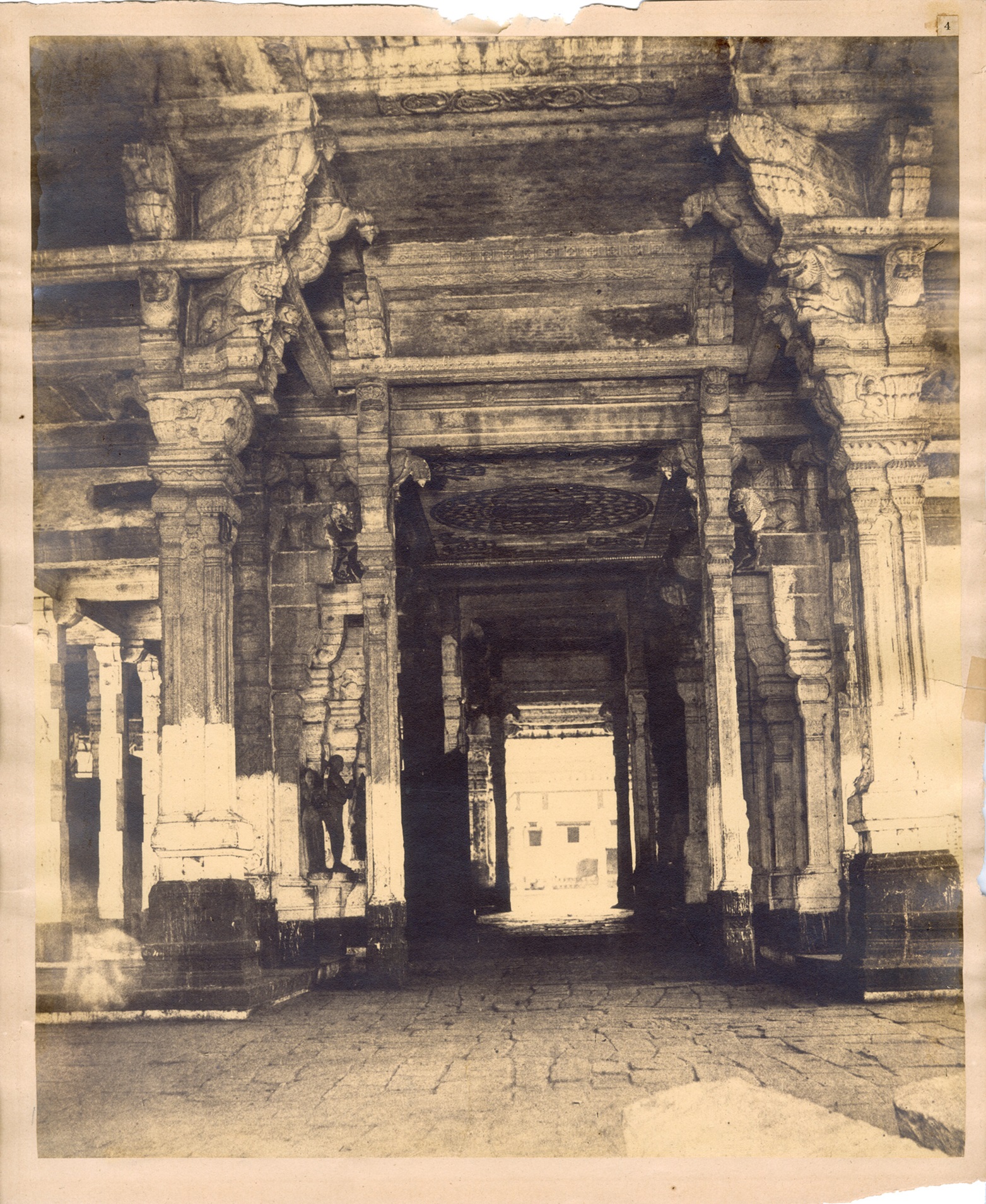
|
Linnaeus Tripe, The Great Pagoda, The Western Gopuram (Minakshi Sundareshvara Temple, Madurai), Silver albumen print from waxed paper negative mounted on paper, 1858, Print size: 14.2 x 11.2 in. Collection: DAG |
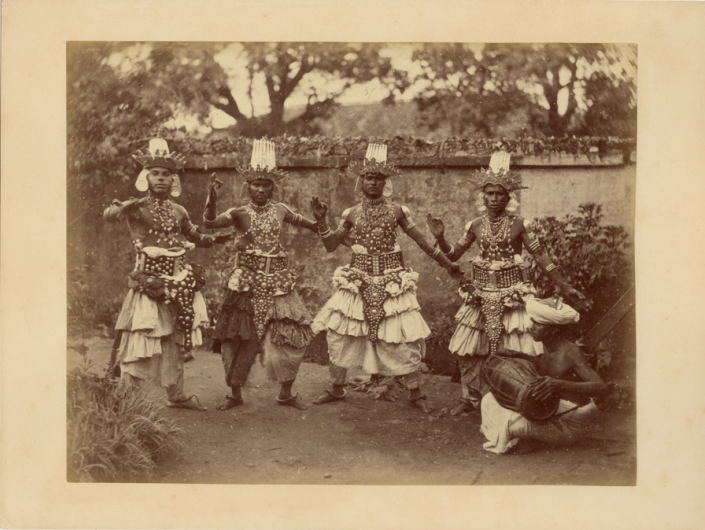
|
Charles T. Scowen, Devil Dancers, Ceylon. Collection: DAG |


